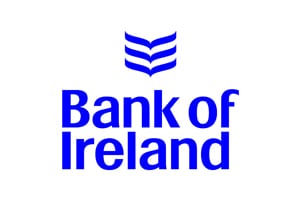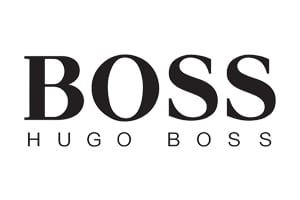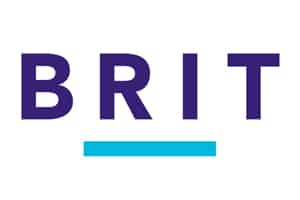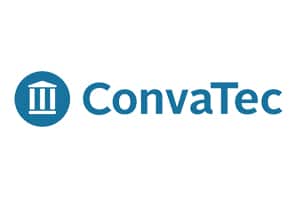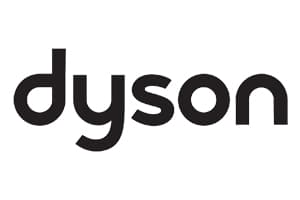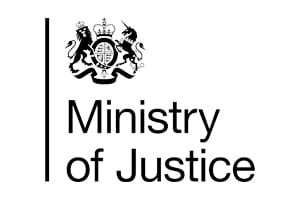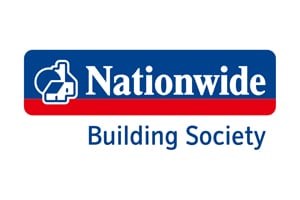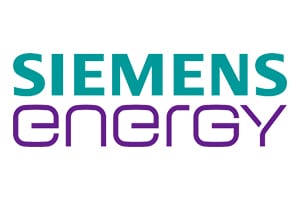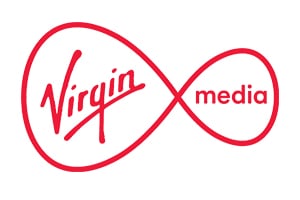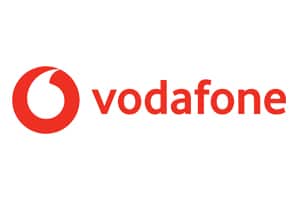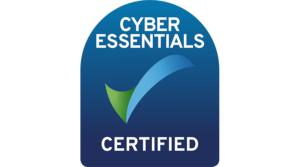Insights
Be Inspired
“The best way to predict the future is to create it.” – Peter Drucker
Our insights library is your go-to resource for practical tools and actionable advice to drive meaningful change in your organisation today.
Transitioning from business as usual to the future of work requires collective effort. Here, we share valuable lessons, insights, personal stories, and customer reports to guide you on this transformative journey. Explore our curated content and start shaping the future of work with us.
Our Latest Blogs
"With a practical mind, Beliminal challenged us and helped us explore what is possible for an organisation like ours. We liked that they did not bring preconceived ideas and a ready recipe to try to turn us into something we are not."
Miray KaymazDirector Patient Marketing & Digital, Medtronic
